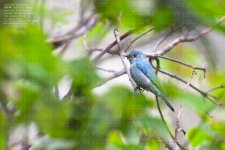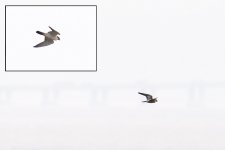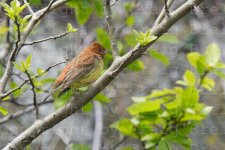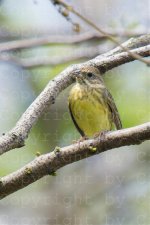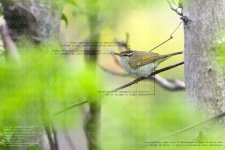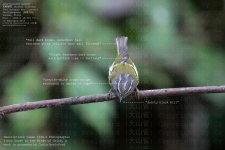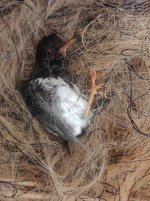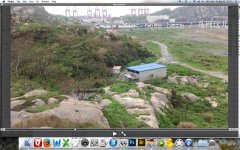rockfowl
Mark Andrews
I find the calls sometimes misleading, a subdued calling Yellow-browed can sound like a Hume's (mandelli) on occasion and many worn Yellow-browed in Spring look like Hume's Warblers. Song is of course a very different matter.
Pale-legged Leaf Warbler's 'ting' is usually slow and I suspect that Sakhalin's is usually a faster tempo. I guess an excited PLLW could sound the same but don't know yet (or a tired Sakhalin slow, who knows). Again, songs are completely different. This spring I'm going to try some simple persuasion to make sure that Sakhalin's aren't sneaking through Hebei on migration unnoticed, though I suspect they are.
Pale-legged Leaf Warbler's 'ting' is usually slow and I suspect that Sakhalin's is usually a faster tempo. I guess an excited PLLW could sound the same but don't know yet (or a tired Sakhalin slow, who knows). Again, songs are completely different. This spring I'm going to try some simple persuasion to make sure that Sakhalin's aren't sneaking through Hebei on migration unnoticed, though I suspect they are.




